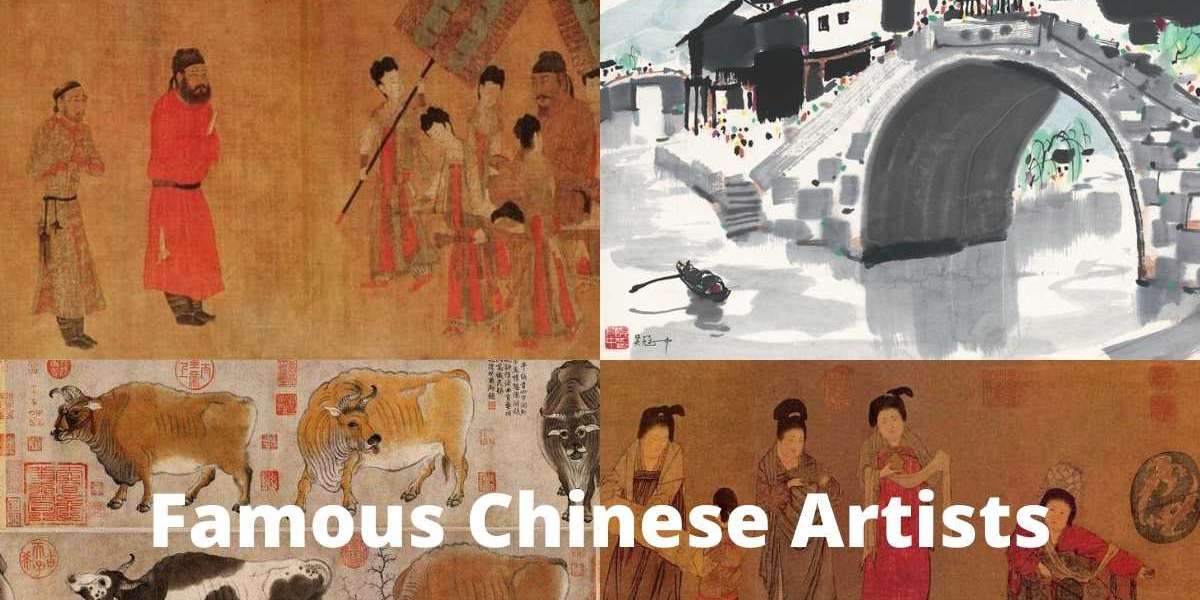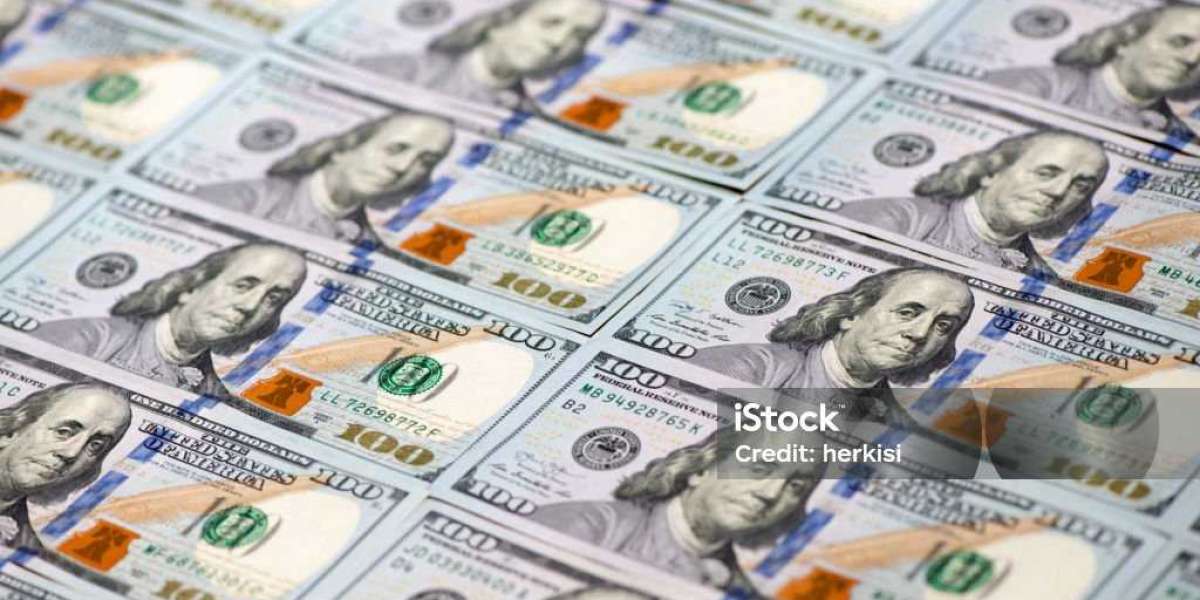China’s rich cultural heritage is deeply intertwined with the works of numerous talented artists who have significantly influenced the global art scene. This article highlights the lives and contributions of some of the most famous Chinese artists throughout history.
Key Artists
Gu Kaizhi (344-406 CE)
Known as the "Father of Chinese Painting," Gu Kaizhi excelled in ink and brushwork, creating works that beautifully captured nature and human emotion. His masterpiece, “Admonitions of the Instructress to the Court Ladies,” is celebrated for its meticulous detail and lifelike portrayal of elegantly dressed women.
Wu Daozi (680-755 CE)
A prominent painter and calligrapher, Wu Daozi specialized in landscape and figure painting. His works, characterized by vivid colors and dynamic compositions, include “Mountain and Water Paintings Without a Fixed Name,” showcasing his innovative brushstroke techniques.
Qi Baishi (1864-1957)
Famous for his traditional Chinese ink paintings, Qi Baishi captured the essence of everyday objects with simplicity and elegance. His depictions of birds, flowers, and landscapes continue to inspire contemporary artists.
Ai Weiwei (1957-present)
A renowned artist and activist, Ai Weiwei addresses political and social issues through various mediums, including photography and installation art. His bold and confrontational pieces challenge viewers to confront difficult truths, symbolizing courage and creativity.
Liu Xiaodong (1963-present)
Known for his unique landscape painting technique, Liu Xiaodong applies layers of paint with his fingers to create intimate yet expansive scenes. His innovative approach has garnered international acclaim.
Chen Man (1980-present)
A contemporary photographer, Chen Man explores themes of identity and cultural hybridity through her elaborate and thought-provoking images. Her work merges traditional Chinese elements with modern aesthetics, earning her global recognition.
The Impact of Their Art
The influence of these artists extends beyond their individual works. They have shaped cultural narratives and inspired countless others in their fields. For instance, Gu Kaizhi's techniques in narrative painting laid the groundwork for storytelling through visual art in China.
Similarly, Ai Weiwei’s activism through art has sparked global discussions about freedom of expression and human rights, making him a pivotal figure not only in art but also in social movements.
Celebrating Artistic Diversity
The diversity of styles and mediums used by these artists reflects the vastness of Chinese culture. From traditional ink paintings to contemporary installations, each artist brings a unique perspective that enriches the global art landscape. This variety invites audiences to engage with and appreciate art in multiple forms.
Whether through the delicate brushstrokes of Qi Baishi or the bold statements made by Ai Weiwei, each piece serves as a window into the artist's world, inviting viewers to explore deeper themes of life, society, and identity.
Engaging with Art
For those interested in exploring the works of these famous Chinese artists, numerous exhibitions and online platforms provide access to their masterpieces. Engaging with their art not only enhances our understanding of Chinese culture but also encourages a broader appreciation for the diverse expressions of human creativity.
As we continue to celebrate the contributions of these artists, we recognize the importance of art in fostering dialogue, inspiring change, and connecting people across cultures. Each brushstroke and photograph tells a story, reminding us of the shared human experience that transcends time and place.








